RedBlade Solutions believes that all business decisions have financial impacts, but not all decisions are financial decisions. Much of what you’ll see here will be focused on financial impacts of decisions, but the theory can be applied more broadly.
Regardless of what kind of information you are working with, that information doesn’t exist in a vacuum. Context is always critical to making raw data actionable. If, for example, you tell me that your Travel & Entertainment expenses for the month of June is $5K, a bunch of questions come to mind.
What did we spend that money doing?
Was the spend higher or lower than expected or a surprise?
If it was a surprise, what implications does that have for meeting our objectives for the year?
Will we have to spend less next month in order to meet an expense target?
Did the spend lead to an opportunity that will improve our overall prospects?
How does that level of spending compare to previous spending? Last month? Last quarter? Last year?
When the bill comes due, will I be able to pay it?
Similar questions can be applied to non-financial information like Sales Opportunities, Hiring, Delivery Schedules, Customer Experience/Satisfaction and other business activities. What you choose to track depends on what is critical to your business. This blog will focus on some of the key tools to evaluate information.
Period to Period Comparisons
Actual vs. Target (Budget, Forecast, etc.) Comparisons
Comparative Bridges – identifying the key drivers of changes between periods or Act vs Tgt
Risks & Opportunities Schedules – action plans to mitigate risks and/or exploit opportunities
Key Performance Metrics (KPIs) – metrics to track progress in a standardized manner
